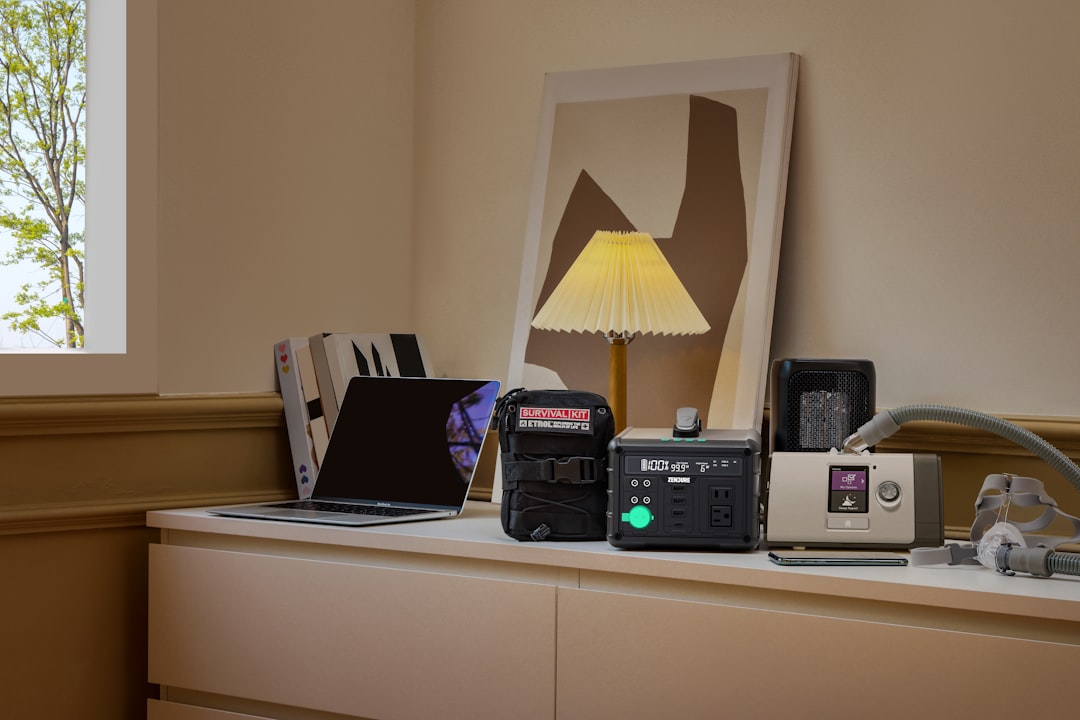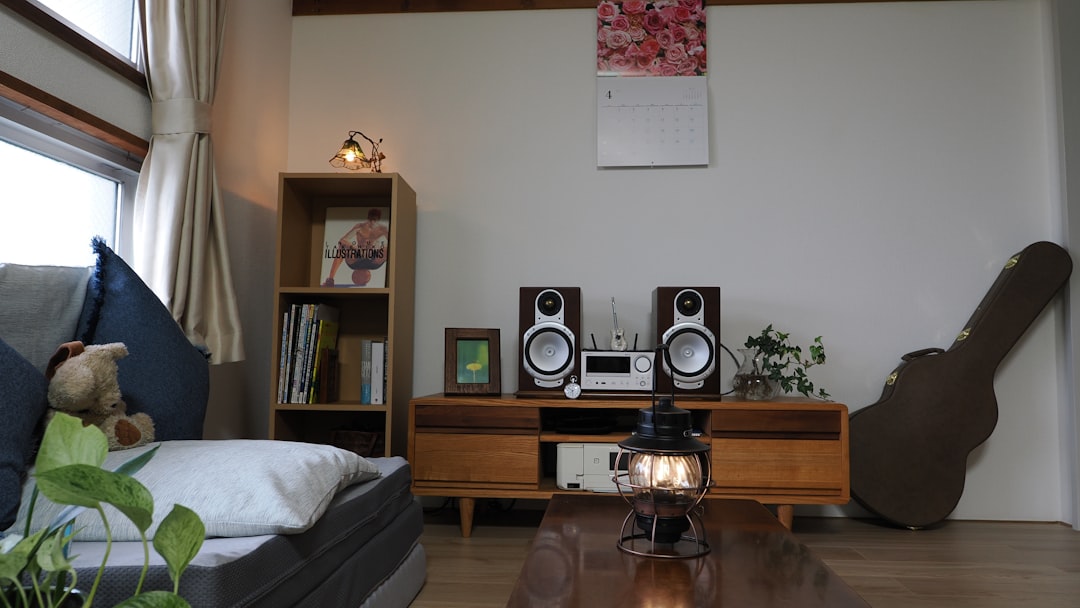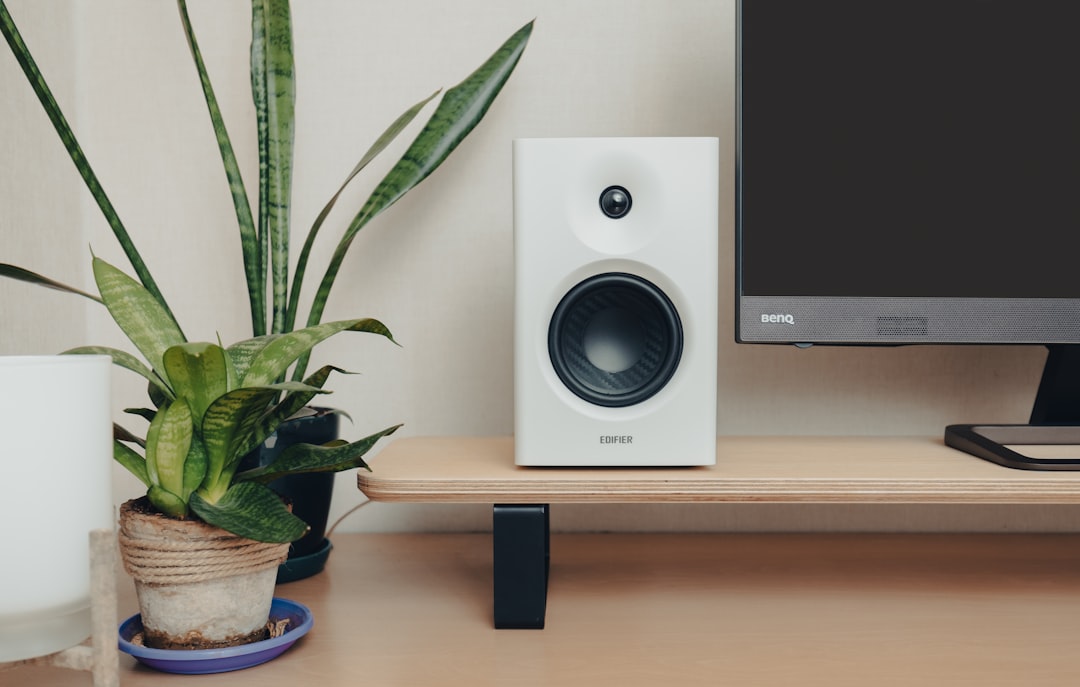When designing the perfect home audio setup, one of the most common dilemmas is choosing between a soundbar and a traditional speaker system. With so many factors to consider—sound quality, cost, space, and aesthetics—it’s easy to overlook a critical element: room size. Matching the right audio solution to your room’s dimensions and acoustics can significantly impact your experience. Let’s dive into when and why you should opt for a soundbar or a traditional speaker setup, depending on your room size.
Understanding the Basics: Soundbars vs Speakers
Before matching either system to your room, it’s essential to know what distinguishes them:
- Soundbars are compact, all-in-one speaker systems designed to deliver improved audio over standard TV speakers. Most include multiple built-in channels and sometimes a separate subwoofer.
- Speakers refer to a traditional home theater system with separate left, right, center, surround, and subwoofer units. These typically offer higher audio fidelity and a customizable audio experience.
Each has its pros and cons, but the size and geometry of your room are often the determining factors in making the right choice.
Small Rooms (Up to 150 square feet): Soundbar is King
In compact spaces like bedrooms, home offices, or small apartments, a soundbar provides a streamlined solution without sacrificing audio quality. These rooms naturally help reinforce audio due to their enclosed nature, reducing the need for multiple speakers.
Advantages of soundbars in small rooms:
- Space-saving: A single sleek bar beneath your TV keeps your room uncluttered.
- Easy setup: Fewer wires and plugs make for a hassle-free installation.
- Balanced acoustics: The walls help bounce the sound effectively, enhancing surround effects, especially with Dolby Atmos-enabled bars.

However, even in small spaces, consider the shape of the room. An oddly shaped room or heavy furnishings can absorb or distort audio. In such cases, pairing a soundbar with a subwoofer or rear wireless speakers can help you fill those audio gaps.
Medium Rooms (150 to 300 square feet): The Middle Ground
If you’re working with a typical living room or den, you’ve entered the gray area where both soundbars and speakers are viable options. The choice often comes down to your audio expectations and how much you’re willing to invest.
Soundbars work if:
- You primarily watch TV and movies and want decent audio without overwhelming bass.
- You prefer a minimalist setup with as few components as possible.
- You have neighbors and want to avoid shaking the walls with booming sound.
Traditional speakers shine when:
- You want a cinematic surround-sound experience.
- You frequently host guests or movie nights and need strong audio coverage.
- You’re an audiophile or music lover who notices sound nuances.
In medium-sized rooms, a 3.1 or 5.1 speaker setup allows more freedom to position speakers for optimal acoustics. Yet, soundbars such as the Sonos Arc or Samsung’s Q-series have advanced to the point where they can effectively mimic surround sound using upward- and side-firing speakers.

Large Rooms (Over 300 square feet): Speakers Take Over
As room size grows, so does the need for more power and directional audio to fill the space effectively. In large rooms such as open-concept living areas, home theaters, or basements, soundbars often struggle to deliver immersive and clear audio throughout the space.
Here’s where traditional speaker systems have the edge:
- Customized placement: You can tailor speaker placement to your room’s layout, ensuring consistent audio regardless of where you sit.
- Better sound dispersion: Larger speakers and strategic positioning help fill the room more effectively with detailed sound.
- Scalability: You can add height channels, subwoofers, or even ceiling-mounted speakers to match advanced audio formats like Dolby Atmos or DTS:X.
Soundbars, even the high-end models, can appear underpowered in these spaces. Despite virtual surround capabilities, sound waves have to travel longer distances in open environments, often leading to a loss of clarity or spatial effects.
Other Factors to Consider
Besides square footage, several other room elements can affect your decision between a soundbar and traditional speakers:
- Ceiling Height: In rooms with high or vaulted ceilings, upward-projecting speakers (found in Dolby Atmos soundbars) may lose their effectiveness. Large speaker systems can be angled or ceiling-mounted for better sound targeting.
- Furniture & Layout: Heavy curtains, thick rugs, or large furniture items can absorb sound. In such rooms, a speaker system with multiple components can counteract these effects better than a soundbar.
- Listening Habits: If you’re an occasional TV watcher, a soundbar may be all you need. But for music, gaming, or movie buffs who value dynamic range and punchy bass, a speaker setup delivers superior results.
New Innovations Closing the Gap
Technology is blurring the lines between soundbars and full-fledged speaker systems. Today’s high-end soundbars come with advanced features such as room calibration, dedicated voice enhancement channels, and wireless connectivity with other speakers.
Brands like Bose, Sonos, and LG offer soundbar systems that can be expanded later with wireless subwoofers and satellite speakers. That means you can begin with a compact soundbar setup and evolve into a fuller system as your room or expectations grow.

On the flip side, hybrid speaker systems with compact satellite speakers are making traditional setups more accessible and less visually intrusive for medium-sized and even smaller rooms.
Final Verdict: Match Your Audio to Your Room
Whether you choose a soundbar or a traditional speaker setup, the most important consideration is how effectively it serves the space it’s in. Room size directly affects acoustics, clarity, and immersion levels. Here’s a quick breakdown to help you decide:
- Small rooms: Go for a soundbar. Consider a setup with a subwoofer for added depth.
- Medium rooms: Choose based on your lifestyle. Soundbars for simplicity, speaker systems for superior detail and range.
- Large rooms: Invest in a traditional speaker system. You’ll need the power and precision to fill the space effectively.
Ultimately, a good match will elevate your viewing and listening experience, making each movie night, playlist, or game level up feel richer and more immersive.
If you’re looking for the perfect harmony between form, function, and fidelity, let your room’s dimensions be your guide. Choose wisely, and your ears will thank you.
